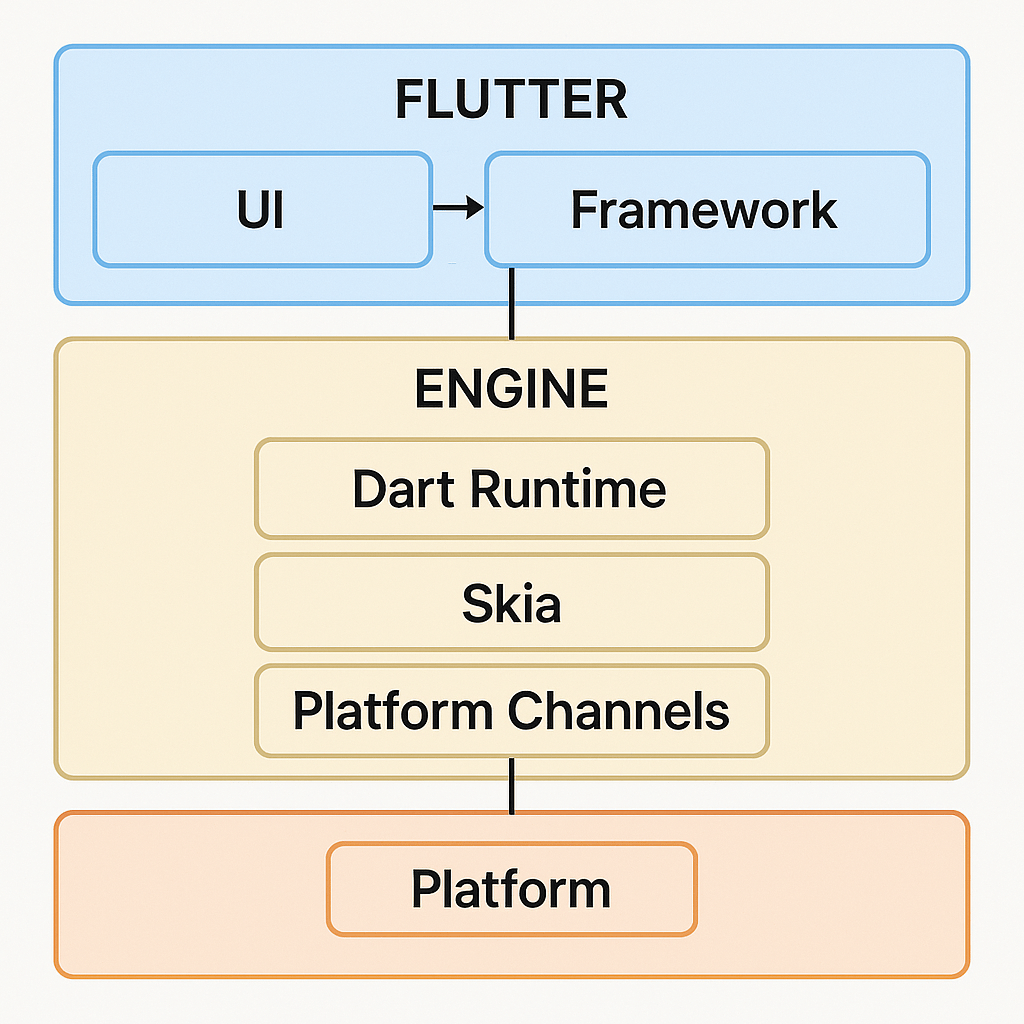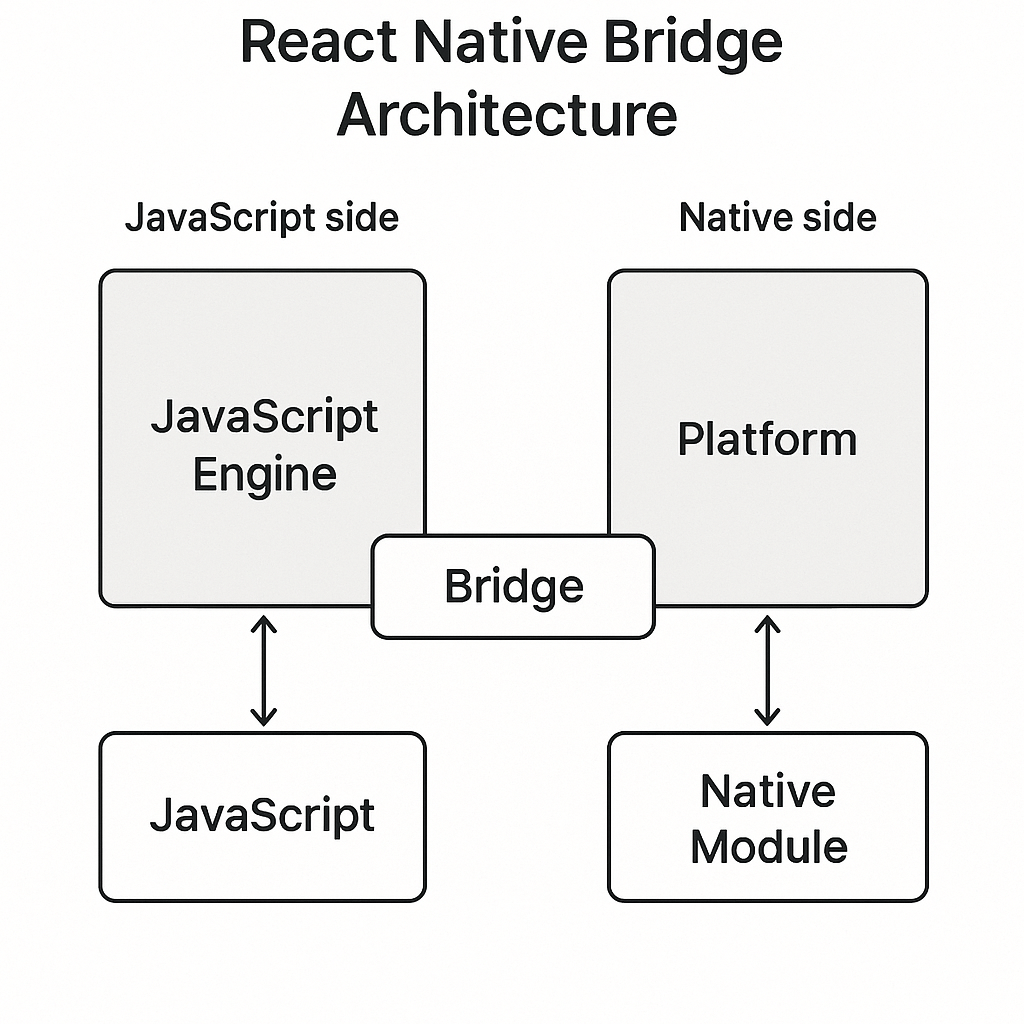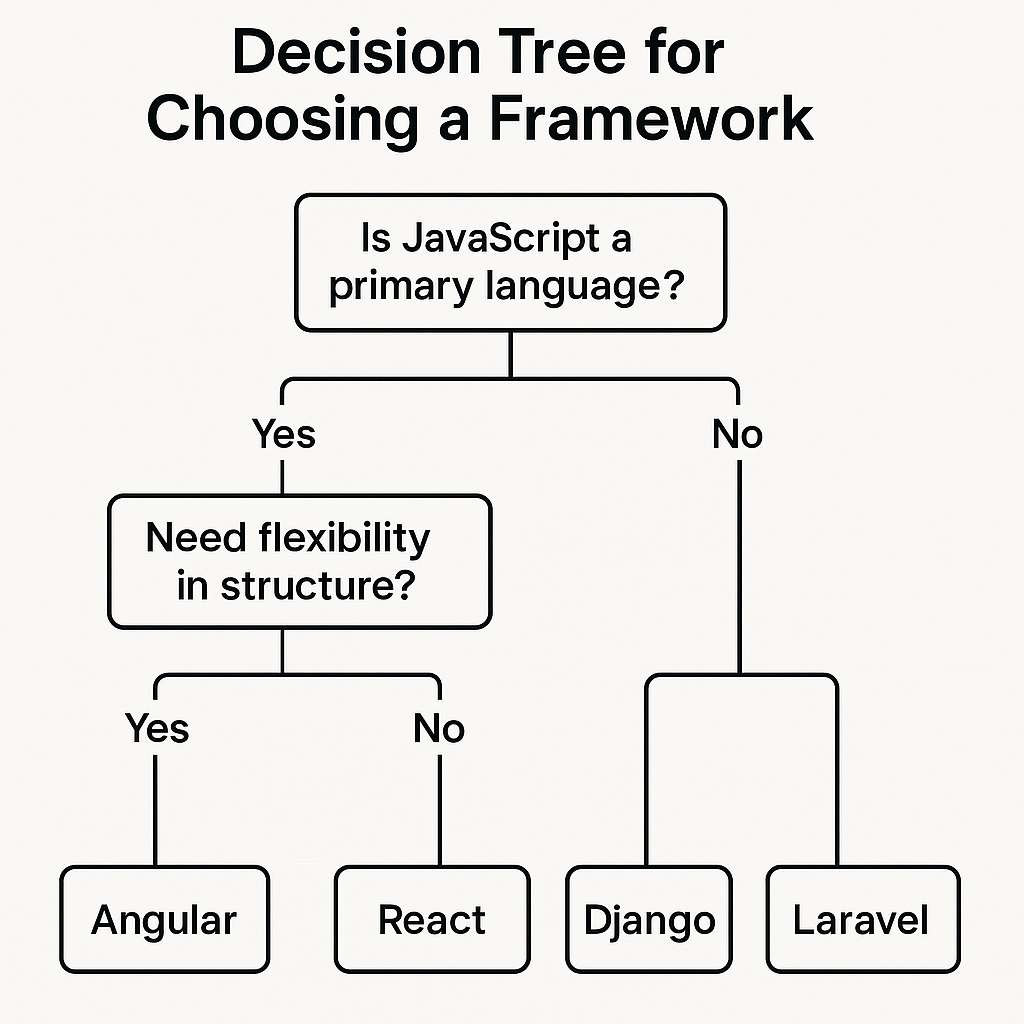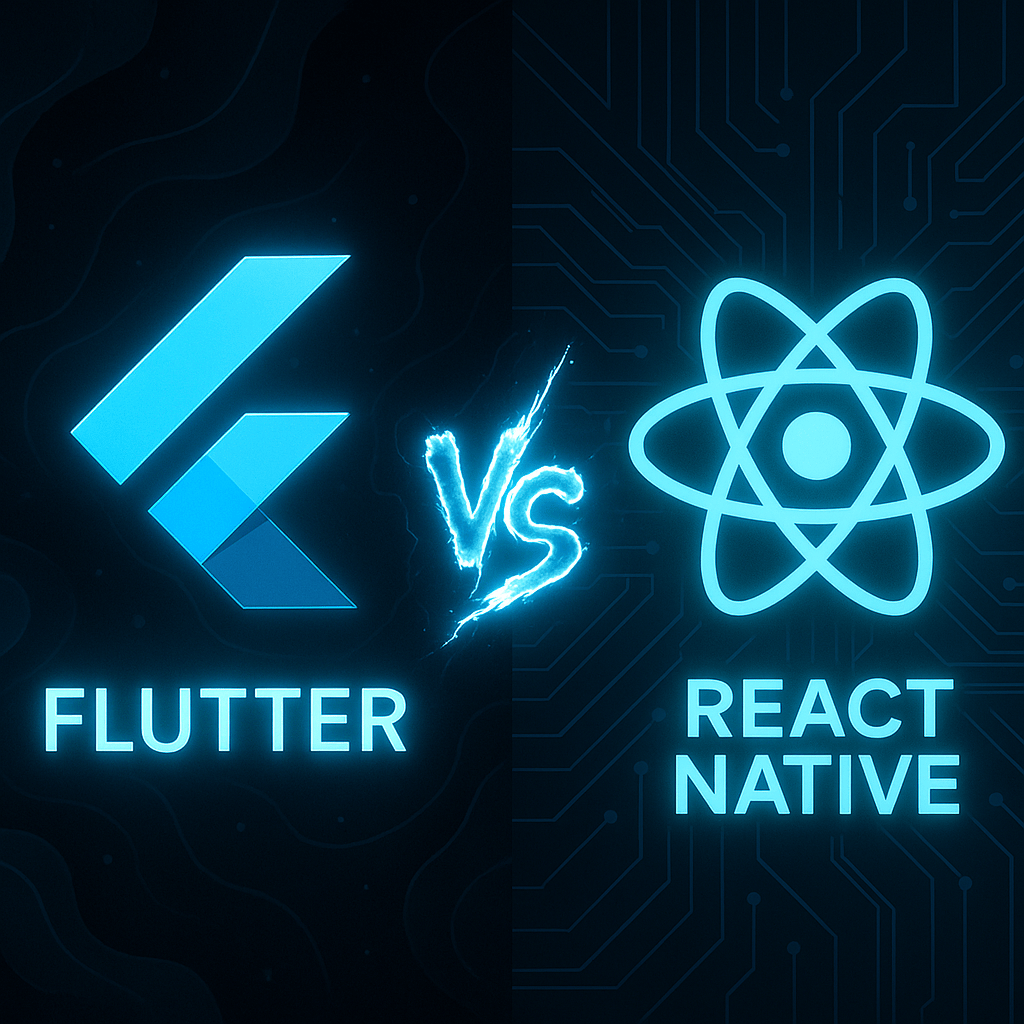The Rise of Cross-Platform Development
In the dynamic world of mobile app development, the pressure to deliver high-quality experiences on both iOS and Android is immense. Building and maintaining two separate, native codebases is a significant investment of time, resources, and talent. This challenge gave rise to a powerful solution: cross-platform development. The core promise is simple yet transformative: write your code once and deploy it on multiple platforms. This approach accelerates time-to-market, reduces development costs, and ensures a consistent user experience across devices. Among the many frameworks available, two giants have emerged as the leading contenders in this space: Google’s Flutter and Meta’s React Native. Choosing between them is a critical decision that can shape your project’s entire lifecycle. Understanding their fundamental differences is the first step toward making an informed choice for your team and your product. For a broader overview of this landscape, explore our guide to Cross-Platform Mobile Development.
Understanding the Core Technologies
Flutter: Google’s UI Toolkit
Flutter is a comprehensive UI toolkit developed by Google for building beautiful, natively compiled applications for mobile, web, and desktop from a single codebase. Its foundation is the Dart programming language, a modern, object-oriented language that is optimized for UI development. Flutter’s standout feature is its architecture. Unlike many other cross-platform frameworks, Flutter does not rely on a JavaScript bridge to communicate with native platform components. Instead, it compiles directly to native ARM or x64 machine code and uses its own high-performance rendering engine, called Skia, to draw every pixel on the screen. This gives developers granular control and ensures that the UI is consistent across all platforms. The entire UI is constructed from a rich catalog of customizable building blocks called widgets, which encompass everything from layout and styling to animation.

This self-contained architecture is key to Flutter’s performance and visual fidelity. If you’re ready to dive into this powerful toolkit, our Getting Started with Flutter guide is the perfect place to begin.
React Native: Facebook’s JavaScript Framework
React Native, created by Meta (formerly Facebook), takes a different approach. It allows developers to build mobile apps using JavaScript and the popular React library. This is a massive advantage for the millions of web developers already proficient in this ecosystem, significantly lowering the barrier to entry for mobile development. React Native’s architecture operates on a JavaScript bridge, which acts as a communication layer between the JavaScript code you write and the native UI components of the host platform (iOS or Android). Your application logic runs in a JavaScript thread, while the UI is rendered using the platform’s actual native components. This allows React Native apps to have a look and feel that is inherently “native” because they use the same fundamental UI building blocks as native apps.

The reliance on JavaScript and the vast ecosystem of libraries available through NPM make it a flexible and powerful choice. To get acquainted with its fundamentals, check out our Introduction to React Native.
Performance Face-Off
Performance is often the most debated topic when comparing Flutter and React Native. Because Flutter compiles to native code and controls its own rendering with Skia, it sidesteps the potential performance bottlenecks associated with a JavaScript bridge. This direct line to the device’s hardware often results in exceptionally smooth animations and a consistent 60 frames-per-second (FPS) performance, which is the standard for a fluid user experience. For devices that support it, Flutter can even target 120 FPS. React Native’s performance is generally excellent for most applications. However, the bridge architecture can become a limiting factor in apps with complex animations, heavy data processing, or high-frequency updates, as the constant communication between the JavaScript and native threads can introduce overhead. Recent market data reflects strong adoption for both, but Flutter has shown remarkable growth. According to a 2023 Statista developer survey, Flutter is used by 46% of developers for cross-platform development, edging out React Native at 32%, highlighting its growing popularity in the community.

Development Experience and Ecosystem
| Feature | Flutter | React Native |
|---|---|---|
| Language | Dart | JavaScript / TypeScript |
| UI Rendering | Custom Widgets (Skia) | Native Platform UI |
| Performance | High, near-native | Good, bridge can be a bottleneck |
| Backed By | Meta (Facebook) | |
| Ecosystem | Pub.dev | NPM |
Programming Language and Learning Curve
Your team’s existing skillset is a major factor in the decision. React Native leverages JavaScript, arguably the most popular programming language in the world. For teams with a background in web development, especially with React, the transition to React Native is relatively seamless. The learning curve is gentle, and developers can be productive almost immediately. Flutter, on the other hand, uses Dart. While Dart is a well-designed, modern language that is often praised for its features and type safety, it represents a new language for most developers to learn. The learning curve might be steeper initially, but its strong tooling and clear syntax make it approachable for anyone familiar with C-style or object-oriented languages.
UI Components and Customization
The two frameworks have fundamentally different philosophies on UI. Flutter provides its own extensive library of widgets, including sets for Material Design (Android) and Cupertino (iOS). Because Flutter controls every pixel on the screen, it offers pixel-perfect control and guarantees that your UI will look and behave identically on every device and platform. This is ideal for apps with highly branded or custom designs. React Native maps your code to the platform’s native UI components. This means a in your code becomes a UIButton on iOS and a Button widget on Android. This approach can make it easier to achieve a default native look and feel, but it can also introduce subtle visual inconsistencies between platforms that require specific handling.
Tooling and Community Support
Both frameworks boast exceptional tooling and vibrant communities. Flutter is renowned for its stateful hot reload feature, which allows developers to see the effect of code changes in their app in under a second without losing the current application state. This dramatically speeds up the development and iteration cycle. Its official tooling, including diagnostics and performance profiling, is integrated directly into popular IDEs.
React Native also features a powerful hot reload capability and benefits from the immense NPM ecosystem, which provides access to hundreds of thousands of pre-built libraries and tools. This vast repository means that if you need a specific functionality, there’s a high probability a package already exists for it.
Making the Right Choice for Your Project
Ultimately, there is no single “best” framework; the right choice depends entirely on your project’s specific requirements, your team’s expertise, and your long-term goals.
Choose Flutter if:
- You need a highly custom, brand-first user interface.
- Top-tier performance and complex animations are critical.
- You want to guarantee a consistent look and feel across all platforms.
- Your team is open to learning Dart or already has experience with it.
Choose React Native if:
- Your development team has a strong background in JavaScript and React.
- You want to leverage the vast NPM ecosystem of libraries.
- A default native look and feel is a priority for your application.
- Speed to market is critical, and your team can hit the ground running with existing web skills.

Both Flutter and React Native are powerful, mature technologies capable of building world-class applications. By carefully evaluating their core differences in performance, development experience, and UI philosophy against your project’s needs, you can confidently select the framework that will best set you up for success. Whether you choose the pixel-perfect control of Flutter or the web-powered flexibility of React Native, Kodeco has the resources and tutorials to guide you on your development journey.

Leave a Reply